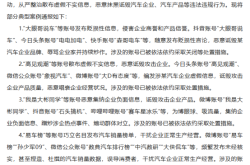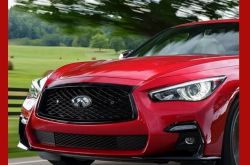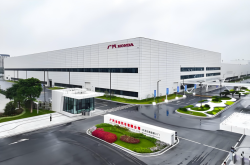Year-End Price Wars Intensify Competition: Where is the Auto Market Headed?
![]() 12/30 2024
12/30 2024
![]() 441
441
The transition period between the end of one year and the beginning of the next is typically a peak promotional season for automakers. Major automotive brands often focus on boosting sales during this time, making discounts and promotions the norm. Recently, media reports have highlighted that several brands have collectively reduced prices, with some discounts exceeding 40%, raising questions about the direction of this fiercely competitive auto market.
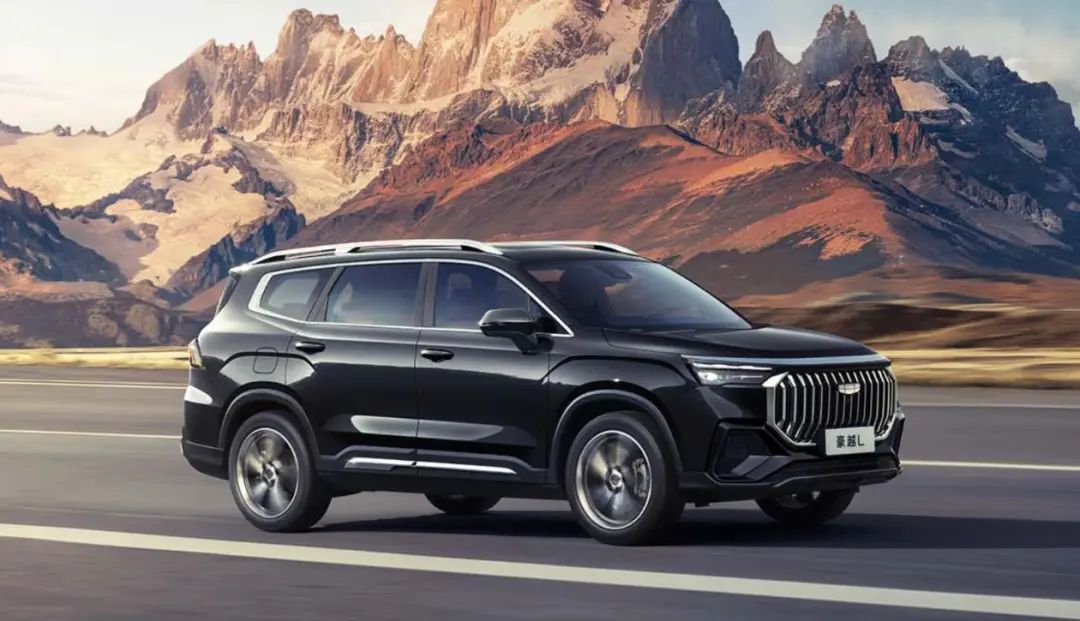
I. Will the Year-End Price Wars Accelerate Competition?
According to the 21st Century Business Herald, a fresh wave of price fluctuations has disrupted the smooth autumn price reduction trend. Domestic brands are offering direct price cuts, 0% interest plans, and enhanced benefits, while joint venture brands are promoting limited-time "fixed prices" and additional purchase packages. As the year-end sales rush intensifies, the auto market is witnessing a "bottom-fishing" price war.
A reporter from the 21st Century Business Herald has counted that, including the aforementioned automakers, 20 automakers such as Changan Automobile, Geely Automobile, XPeng Motors, SAIC Volkswagen, and FAW Toyota have officially announced price reductions, initiating year-end discounts with "limited-time prices" and "fixed prices".
Tesla's immediate payment discount campaign is also underway, offering an instant RMB 10,000 discount on the final payment for the Model Y Rear-Wheel Drive and Long Range All-Wheel Drive versions, with prices starting at RMB 239,900. Consumers can also avail of a "5-year 0% interest" financial plan, further lowering the threshold for car purchases. This year-end preferential policy has brought the Tesla Model Y's price to its lowest level ever globally.
Following Tesla's footsteps, a "0% interest storm" has hit the year-end auto market. Li Auto has introduced a "3-year 0% interest rate" plan, with the Li Auto L6 requiring a minimum down payment of only RMB 69,800, lower than the Model Y. NIO, building on its "2-year 0% interest" policy, is offering an additional "5-year NOP + Advanced Intelligent Driving" policy, equivalent to a value of approximately RMB 20,000. Simultaneously, multiple brands and models such as Denza, Voyah, and ZEEKR have introduced "0% interest" or low-interest purchase policies for some of their models.
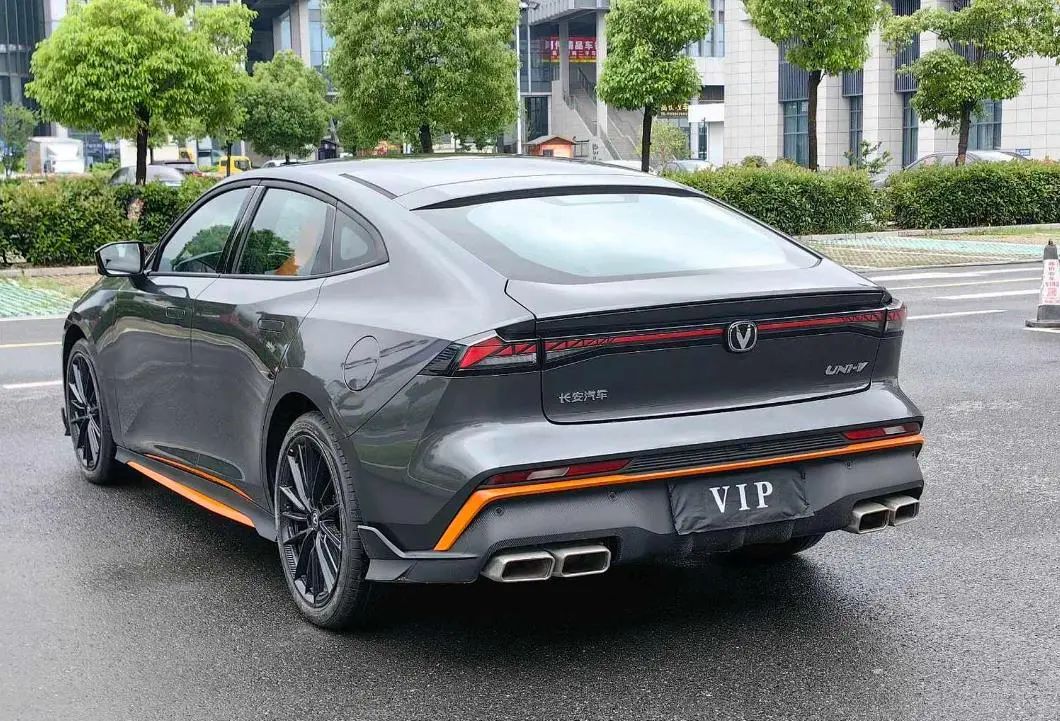
According to a report by Red Star News, the official Weibo account of "BYD Auto" announced a limited-time RMB 10,000 discount on the Qin PLUS EV Glory Edition and the second-generation Song Pro DM-i, bringing the starting price of both models down to RMB 99,800. Additionally, trade-in subsidies for these two models are up to RMB 25,000 and RMB 24,000, respectively.
Moreover, BYD announced that until January 26, 2025, customers purchasing Han and Tang family models will receive a limited-time gift of up to RMB 5,000 for full-vehicle insurance and can enjoy a trade-in subsidy of up to RMB 28,000, including a maximum national subsidy of RMB 20,000 and a maximum BYD subsidy of RMB 8,000, along with "0 down payment, 0 interest, 0 monthly payments" benefits.
Data from the Passenger Car Association shows that the number of price reductions in the first 11 months of 2024 was 195 models, surpassing the 150 models in the entire year of 2023 and significantly exceeding the 95 models in 2022. In terms of different car types, the average price reduction for new plug-in hybrid models in the first 11 months was RMB 15,000, representing a reduction of 8.5%; for pure electric models, the average price reduction was RMB 20,000, a decrease of 10%; for extended-range hybrid models, the average price reduction was RMB 15,800, a reduction of 6.1%...
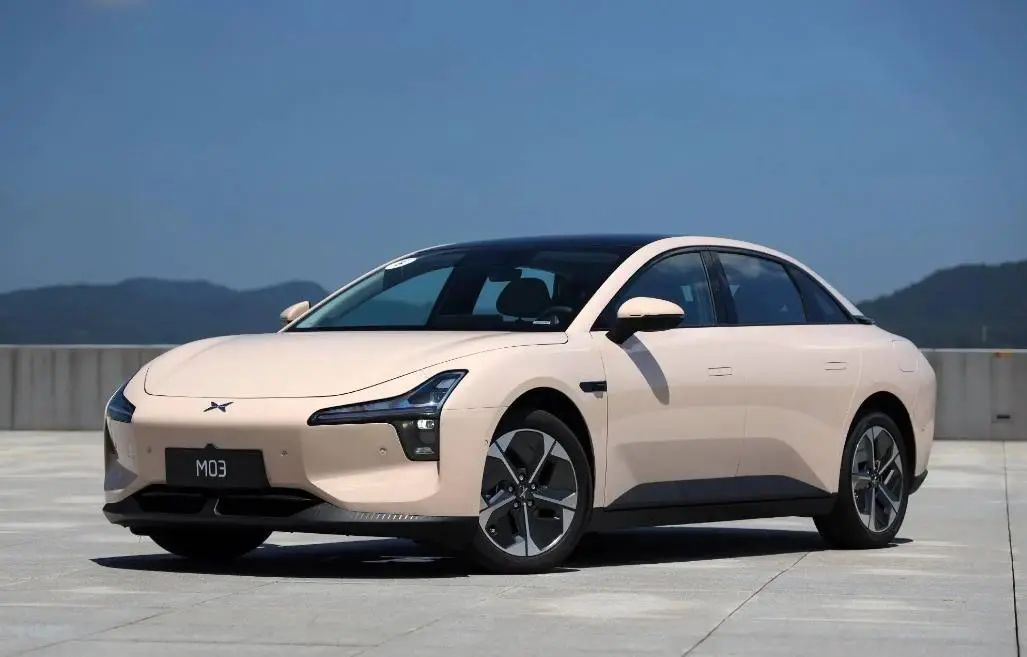
II. Where is the Fiercely Competitive Auto Market Headed?
In the current auto market, price wars have become a notable phenomenon, especially towards the end of the year when this trend becomes increasingly pronounced. How should we view this matter?
Firstly, year-end price reductions have been a common practice in the auto market for many years. From a consumer psychology perspective, the end of the year is a period when many consumers have the intention to purchase a car. On the one hand, after a year of hard work, some consumers wish to reward themselves or their families with a new car; on the other hand, as the new year approaches, owning a new car is also seen as a fresh start. For auto brands, the end of the year is a crucial time for clearing inventory and meeting annual sales targets. During this period, dealers often adopt price reductions and promotions to attract more price-sensitive consumers, thereby increasing sales and recouping funds.
Secondly, this year-end price reduction is another level of intensification within the price war. However, the current auto market is not that simple. The price war in the national passenger car market in 2024 has exhibited an unprecedented intensity. According to the Passenger Car Association, from January to November 2024, the number of models sold at reduced prices in the market reached 195, a 30% increase over the same period last year. This intense price war trend has swept through the entire auto market, becoming a normalized competitive tool. This large-scale price reduction trend is no longer an occasional marketing tactic but a common phenomenon throughout the market. Multiple factors have contributed to the outbreak of this intense price war.
On the one hand, the white-hot market competition is a key factor. With the vigorous development of the new energy vehicle industry, new brands, especially domestic new energy brands, have sprung up, with an increasingly diverse range of models and a significantly broader choice for consumers. In such an environment, automakers have to resort to price reductions as a "trump card" to compete for limited market share, enhancing the cost-effectiveness of their products and attracting consumers' attention.
On the other hand, the rise of new energy vehicles has had a tremendous impact on the traditional gasoline vehicle market. With their advantages of environmental protection, energy conservation, and technological innovation, new energy vehicles have gradually won the favor of consumers, and their market share has steadily increased. To cope with the competitive pressure from new energy vehicles, traditional gasoline vehicle brands have adopted price reduction promotions, attempting to stabilize their position and maintain their original market share through price advantages.
Meanwhile, the continuous expansion of the auto industry's capacity in recent years has contrasted sharply with the relatively slow growth in market demand, leading to a situation where supply exceeds demand. To digest excess capacity and reduce the cost pressure caused by inventory backlogs, automakers have had to stimulate consumption and promote product sales through price reductions and other means.

Thirdly, excessive reliance on price wars is akin to drinking poison to quench thirst for automakers. From a profit perspective, continuous price reductions inevitably lead to a decline in the profit margin per vehicle. Auto companies require significant capital investment in research and development, production, and marketing. If profit margins are excessively compressed, it will be difficult for companies to continue their development. For example, some companies may reduce R&D investment due to insufficient profits, which will affect their technological innovation capabilities and, consequently, their market competitiveness.
From a brand image perspective, excessive price wars may give consumers the impression that a brand is cheap. If a brand always attracts consumers with low prices, consumers may perceive the brand's products as being of low quality or lacking advanced technology. This is very unfavorable for some automotive brands positioned in the mid-to-high end.
Under such circumstances, many automakers have begun to choose to avoid direct price competition. We previously discussed this in the article "Is the Auto Market Price War Cooling Down? Have Rights and Subsidies Replaced Price Reductions as the Trend?" In the article, we elaborated that many automakers are gradually adopting new promotional methods, such as offering financial incentives and gifting vehicle function rights to attract consumers, which is so-called replacing price wars with rights. Financial incentives can reduce consumers' car purchase pressure, such as providing low-interest loans and zero down payment car purchase plans. Gifting vehicle function rights can increase the added value of products, such as gifting advanced safety configurations and extending the warranty period. This approach can attract consumers without significantly impacting the product's price system, thereby maintaining automakers' profit margins and brand images.
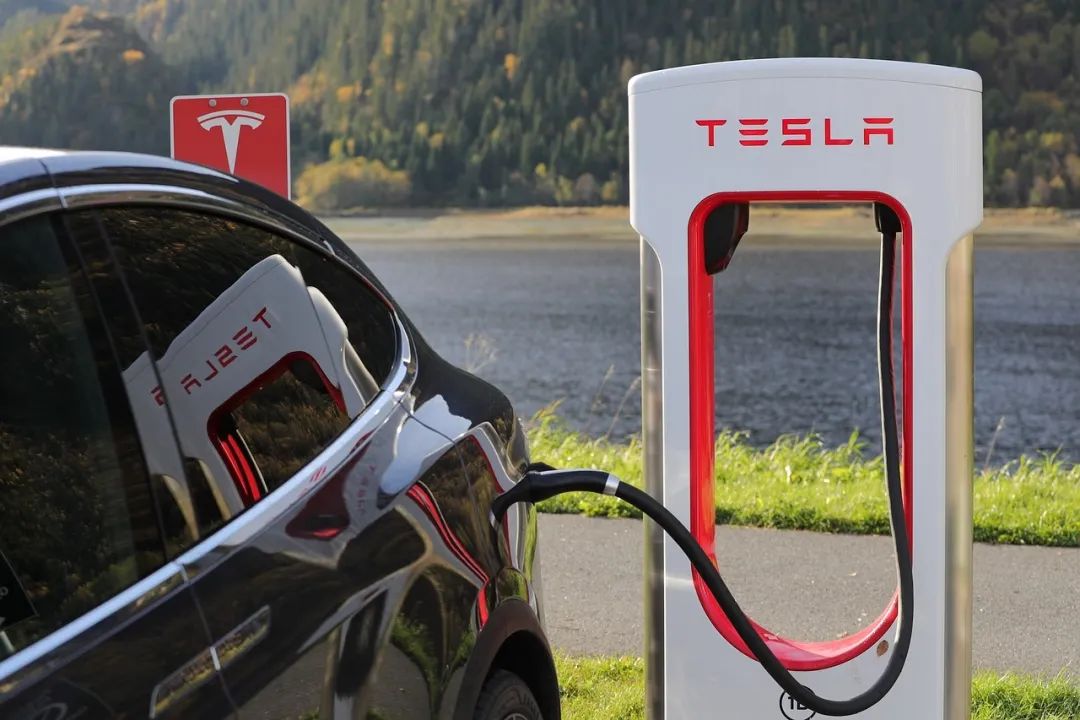
Fourthly, finding a way out is the most important thing to do. The entire auto market must actively explore strategies truly suitable for its own development in the current high-pressure competitive environment because the simple price war model is no longer sustainable. It is a brutal and life-or-death struggle that cannot support the sustainable development of enterprises in the long run. In future market competition, the enterprises that will truly stand out and come out on top will be those with strong ecosystem cost control and diversified marketing capabilities.
The author believes that two directions are worth considering. Firstly, ecosystem cost control capabilities are crucial. This requires enterprises to focus on the balance between technological innovation and cost-effectiveness from the research and development stage, reducing research and development costs by optimizing research and development processes, improving efficiency, and ensuring technological advancement and competitiveness. In the procurement stage, long-term stable and mutually beneficial cooperative relationships should be established with suppliers to reduce component procurement costs through large-scale procurement, joint research and development, and optimized supply chain layouts, while ensuring component quality and supply stability. Combined with lean management in the production and sales environments, it is possible to break through the rigid constraints of costs.
Secondly, comprehensively building differentiated product capabilities. Technological innovation and product differentiation will continue to be the core driving forces in the auto market competition. In the field of new energy vehicles, continuous innovation and breakthroughs in battery technology, charging technology, and electric drive system technology will further enhance the performance, range, safety, and charging convenience of new energy vehicles, reduce costs, and enhance market competitiveness. Meanwhile, the rapid development of autonomous driving and intelligent networking technologies will endow cars with more intelligent functions and services, such as automatic parking, intelligent navigation, in-vehicle networking entertainment, and remote control, meeting consumers' demands and expectations for intelligent travel and truly establishing a unique competitive advantage, thereby attracting and retaining more consumers.
Therefore, we still adhere to our long-held view that although the current price war in the auto market can attract consumers and increase sales in the short term, excessive price wars are unsustainable in the long run. Only by breaking through the shackles of price wars can there be real opportunities.


